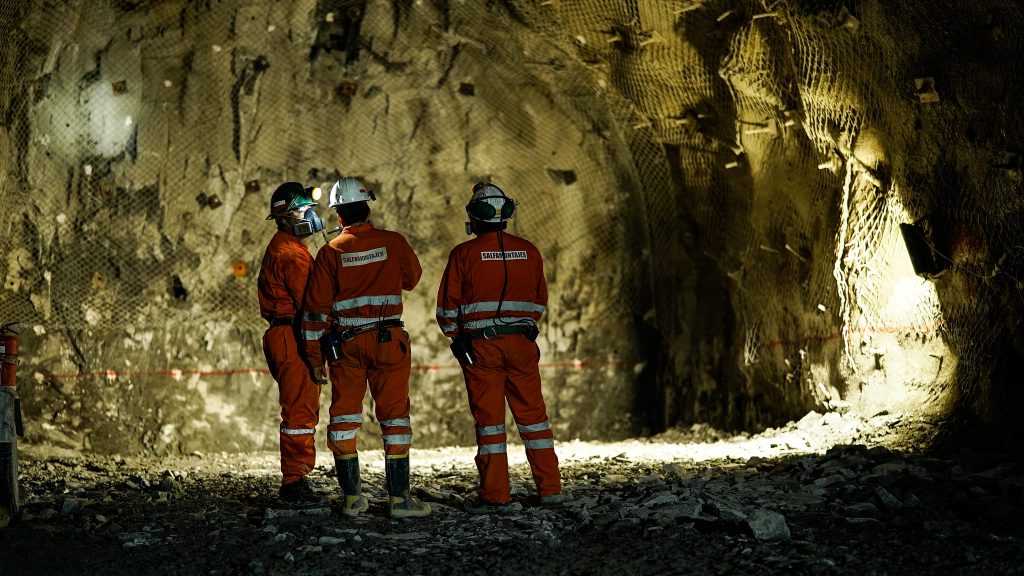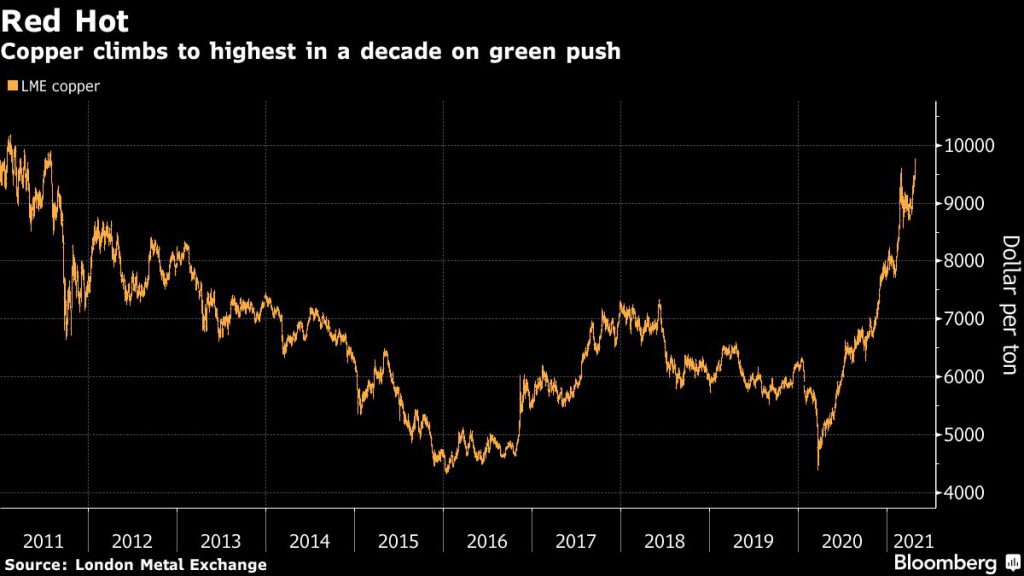Lawmakers in biggest copper nation ratchet up tax proposal

The worst-case scenario for Chilean copper producers in a debate over a new royalty system just got bleaker.
On Monday, a congressional mining committee in the biggest copper-producing nation approved a version of the bill that would charge higher rates at times of high prices.
The original text had a flat 3% tax on copper. The new version would charge a marginal rate of 15% on sales derived from copper prices of between $2 and $2.50 a pound and as much as 75% on cash generated from prices above $4. At current prices, the effective rate would be 21.5%, although miners could discount refining costs from copper sold as refined cathode.
Even before the modification, the industry had indicated that the proposal would stifle investments and make Chile less competitive. Both company and government representatives want the existing sliding tax on profit, rather than sales, to be given a chance to operate at high prices of $4-plus a pound. The country’s mining society declined to comment on the new article.
The bill’s proponents say the new mechanism would reap $7 billion a year, based on an average price of $3.88 a pound, at a time when Chile is looking to bolster social services and resolve lingering inequalities.

“The argument that making a percentage so high causes companies to fail is not effective because it depends on the price of copper,” said Communist Party representative Daniel Nunez, who heads the finance committee and was one of the authors of the new article. “If the price is $2.50, they will pay much less. It is viable from the point of view of the miners.”
To be sure, there’s a long way to go before the bill passes and the government has indicated it could seek to block its passage via the constitutional court on the grounds that tax measures in Chile have to be introduced by the government. In the meantime, the bill goes to the finance committee and then back for an article-by-article lower house vote before moving to senate.
While lithium sales would be subject to the initial 3% rate, the sliding system based on prices doesn’t consider lithium. That is yet to be discussed, Nunez said.
The initial proposal, introduced in 2018 by opposition lawmakers, has gained momentum amid rallying metal prices. It would fund regional development projects, responding to the rising social and environmental standards of investors and supply chains. Countries around the region are also looking at new revenue sources to help citizens recover from the pandemic.
(By Valentina Fuentes and Tom Azzopardi)
More News
PDAC JV video: Earn‑in deal sets stage for mining restart at Matagami camp, Nuvau CEO says
An earn-in venture with Glencore that’s set to close later this year will give Nuvau Minerals control of the historical Matagami Mining Camp in Quebec.
March 27, 2025 | 11:12 am
PDAC JV video: Longer METC tenure helps industry more, Peartree Financial execs say
Canada's failure to extend the mineral exploration tax credit beyond two years permanently keeps the junior mining sector in limbo, Peartree says.
March 27, 2025 | 10:29 am
{{ commodity.name }}
{{ post.title }}
{{ post.excerpt }}
{{ post.date }}



Comments